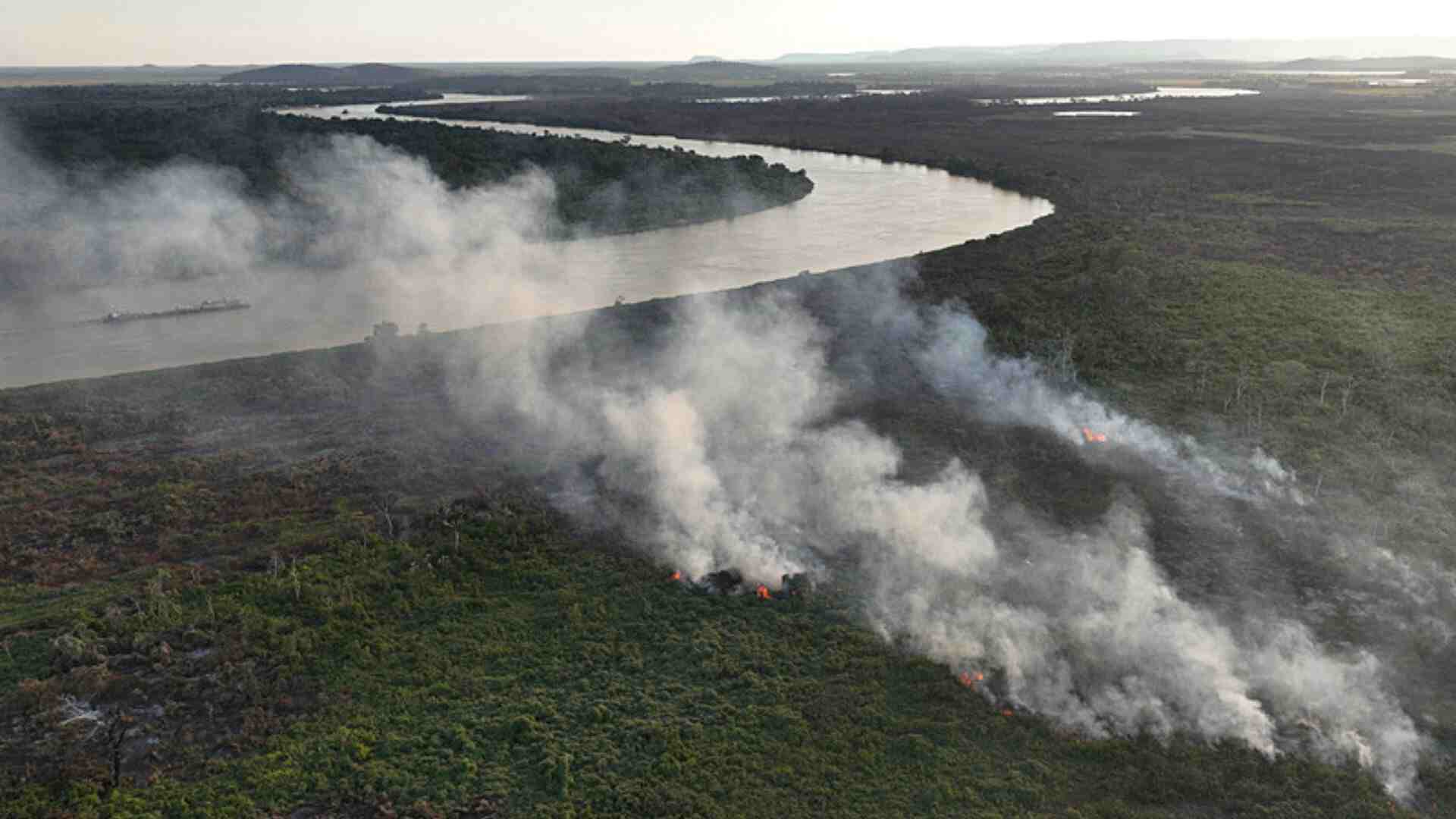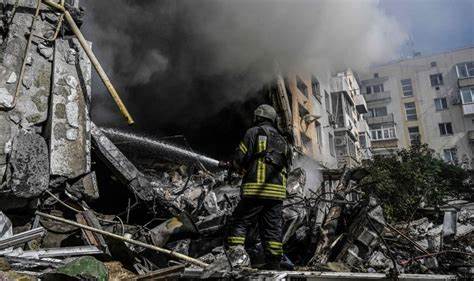
Tropical wetlands are releasing unprecedented levels of methane, posing a significant threat to global climate change efforts. Research indicates that warming temperatures and heavy rainfall are accelerating methane emissions, which were already underestimated in scientific models and national climate plans.
Methane, a potent greenhouse gas, is 80 times more effective than carbon dioxide at trapping heat over a 20-year period. Wetlands release methane as soil microbes break down carbon-rich plant matter, a process that is intensifying due to rising temperatures and the expansion of wetland areas caused by flooding.
Must Read: NASA Launches Tanager-1 Satellite To Track Methane Emissions Globally
From 2020 to 2022, methane concentrations in the atmosphere reached their highest levels since measurements began in the 1980s. Studies point to tropical regions, including the Congo, Southeast Asia, the Amazon, and southern Brazil, as major contributors. Data from Nature Climate Change revealed that wetland emissions have exceeded worst-case projections by 500,000 tonnes annually over the past two decades.
Stanford environmental scientist Rob Jackson observed that methane levels have risen faster in the last five years than at any other time in recorded history. Satellite data and chemical analysis have identified tropical wetlands as a primary source of this increase.
While the La Niña climate pattern, which ended in 2023, partly explains the surge, scientists suggest that other factors are also contributing. Drew Shindell of Duke University warned, “We should probably be a bit more worried than we are.”
Governments are under growing pressure to address methane emissions, especially as the UN Paris climate agreement aims to limit global warming to 1.5°C. Zhen Qu of North Carolina State University pointed out that wetland emissions could complicate efforts to reduce methane and carbon dioxide emissions.
Despite global pledges to cut methane emissions by 30% from 2020 levels by 2030, emissions from fossil fuels remain high. The International Energy Agency’s 2024 Global Methane Tracker reported record levels of methane emissions from fossil fuels since 2019. Efforts to address oil and gas leaks have had limited success, with countries responding to just 12 of over 1,000 identified methane plumes in the last two years.
Some nations are taking action. China has committed to reducing flaring at oil and gas sites, while the US introduced a methane fee for large producers under President Joe Biden’s administration. However, this policy may be revoked if Donald Trump assumes the presidency again.
In the Congo Basin, the largest source of tropical wetland methane emissions, Environment Minister Eve Bazaiba stated that the country is assessing its methane levels. “We don’t know how much [methane is coming off our wetlands],” she said, stressing the need for investments in monitoring and inventory efforts.
Must Read: India Leads Global Plastic Waste Emissions with 9.3 mn Tonnes, Study Reveals















